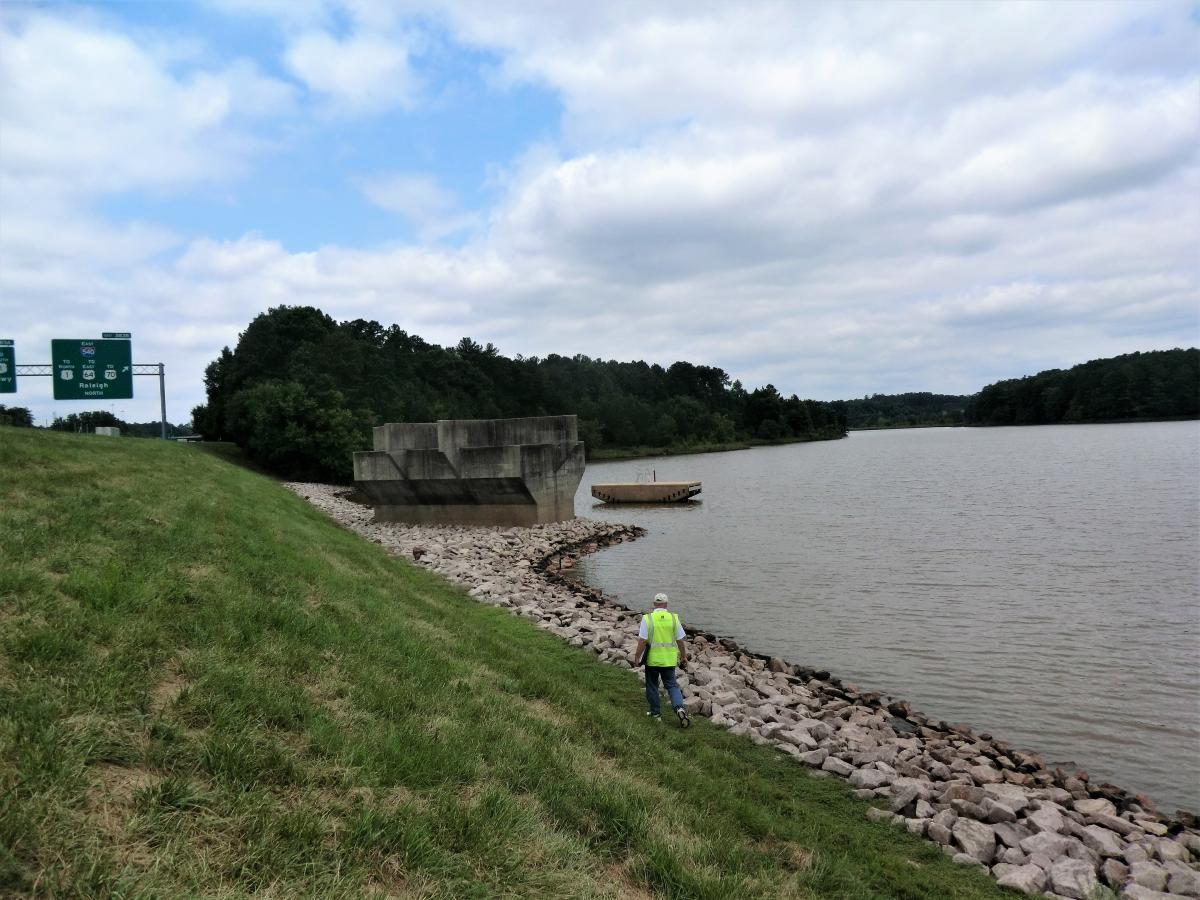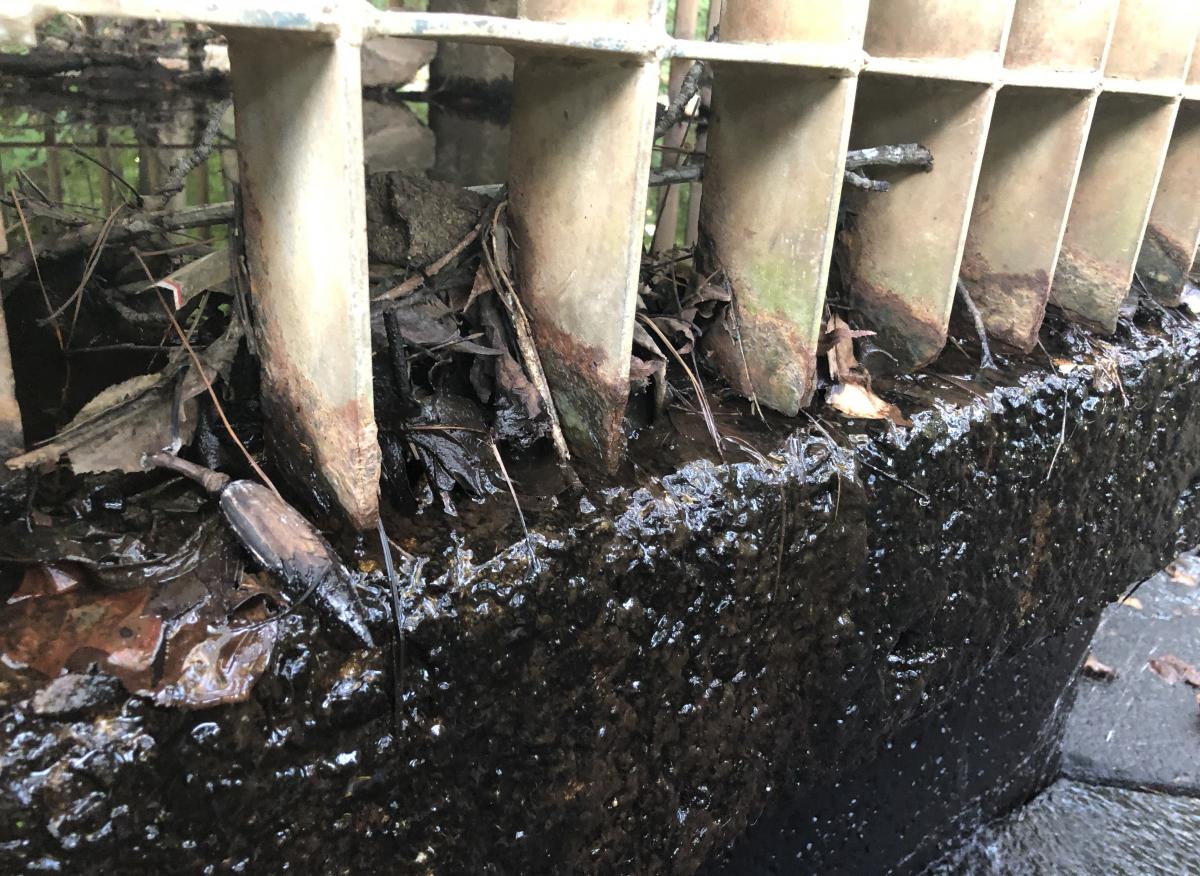Disaster Happens: Build Your Dam Emergency Response Plan on a Foundation of Preparation
 As dam owners across the country have learned in dramatic fashion, disasters usually happen quickly though the conditions that cause them typically build up over time.
As dam owners across the country have learned in dramatic fashion, disasters usually happen quickly though the conditions that cause them typically build up over time.
Whether your emergency results from a hurricane, a spillway collapse or vandalism, you as a dam owner/manager can be ready with a well-developed, up-to-date and practiced Emergency Action Plan.
Our guidance for knowing what to consider, how to prepare and how to respond recently was featured in the APWA-North Carolina newsletter.
Here are some highlights:
What Can an Emergency Action Plan Do For You?
- Anticipate/outline emergency conditions your dam(s) might face and provide directions for responding in each context
- Minimize risk to life and property by identifying vulnerable residences/properties near the dam and giving technical guidance for reducing downstream impacts
- Centralize contact information for essential emergency communications
- Assemble data, such as evacuation maps, you’ll need at your fingertips
What Else Should You Consider in Preparing an EAP?
Tailor your EAP to your operation. And organize your plan around four steps:
- Event Detection and Level Determination: Is it urgent, potential or slowly developing?
- Notification and Communication: Who you contact first depends on the severity.
- Expected Actions: What do you do before, during and after?
- Termination and Follow-up

You also need to know steps to take before, during and after an emergency.
For example:
Before: Is your phone list current? Is your staff trained on safe routes and do they have the right supplies?
During: Are you coordinating with all the right agencies, such as fire, EMS, HazMat and state officials? Are you tracking and logging actions to create a record you can review later?
After: Did you notify everyone, including the public, in timely fashion when the danger passed? Did you review your response and make adjustments to correct weaknesses?
You can read more in the APWA-NC newsletter. Or contact us for more information at Tony.grubbs@freese.com


